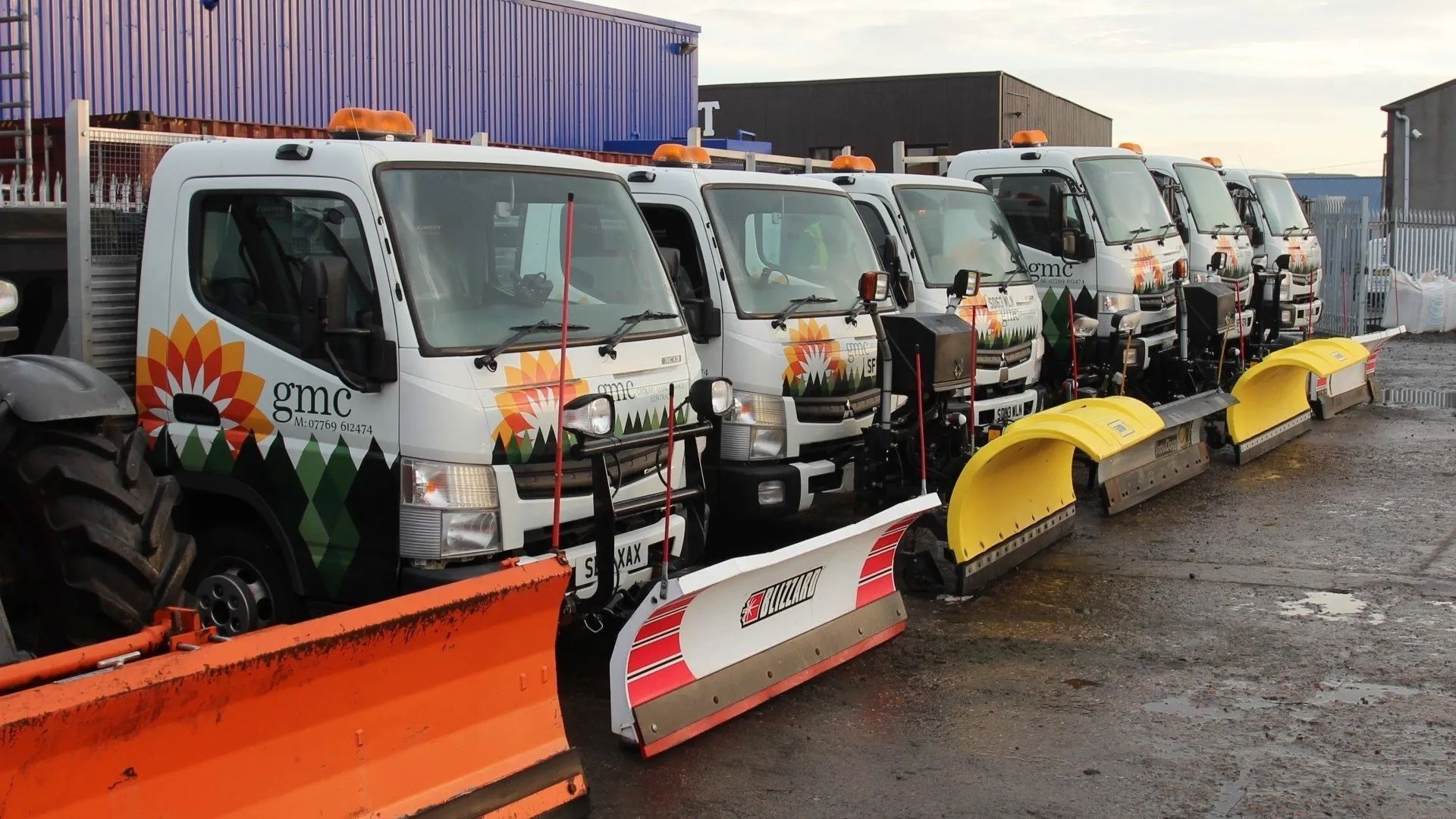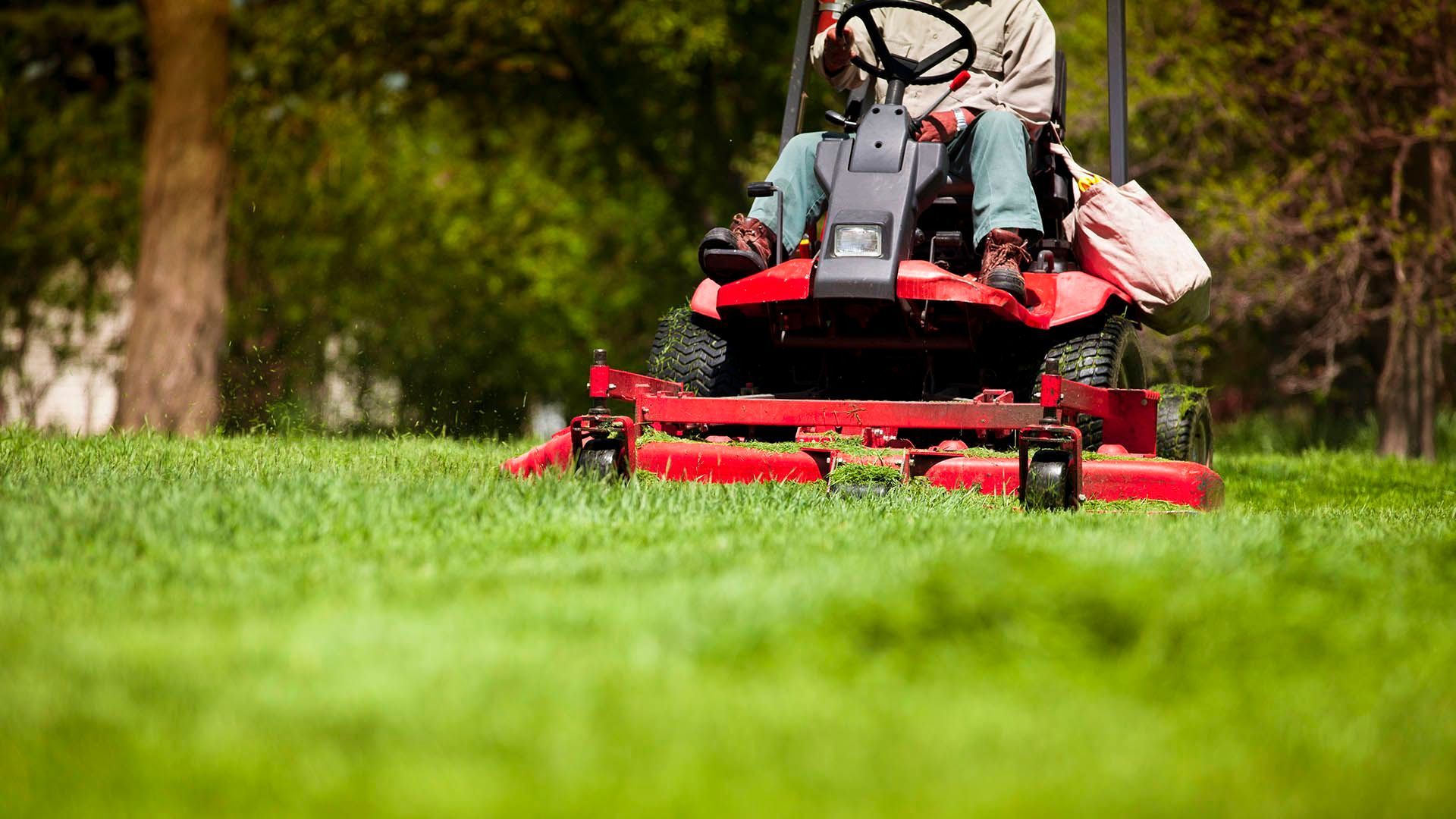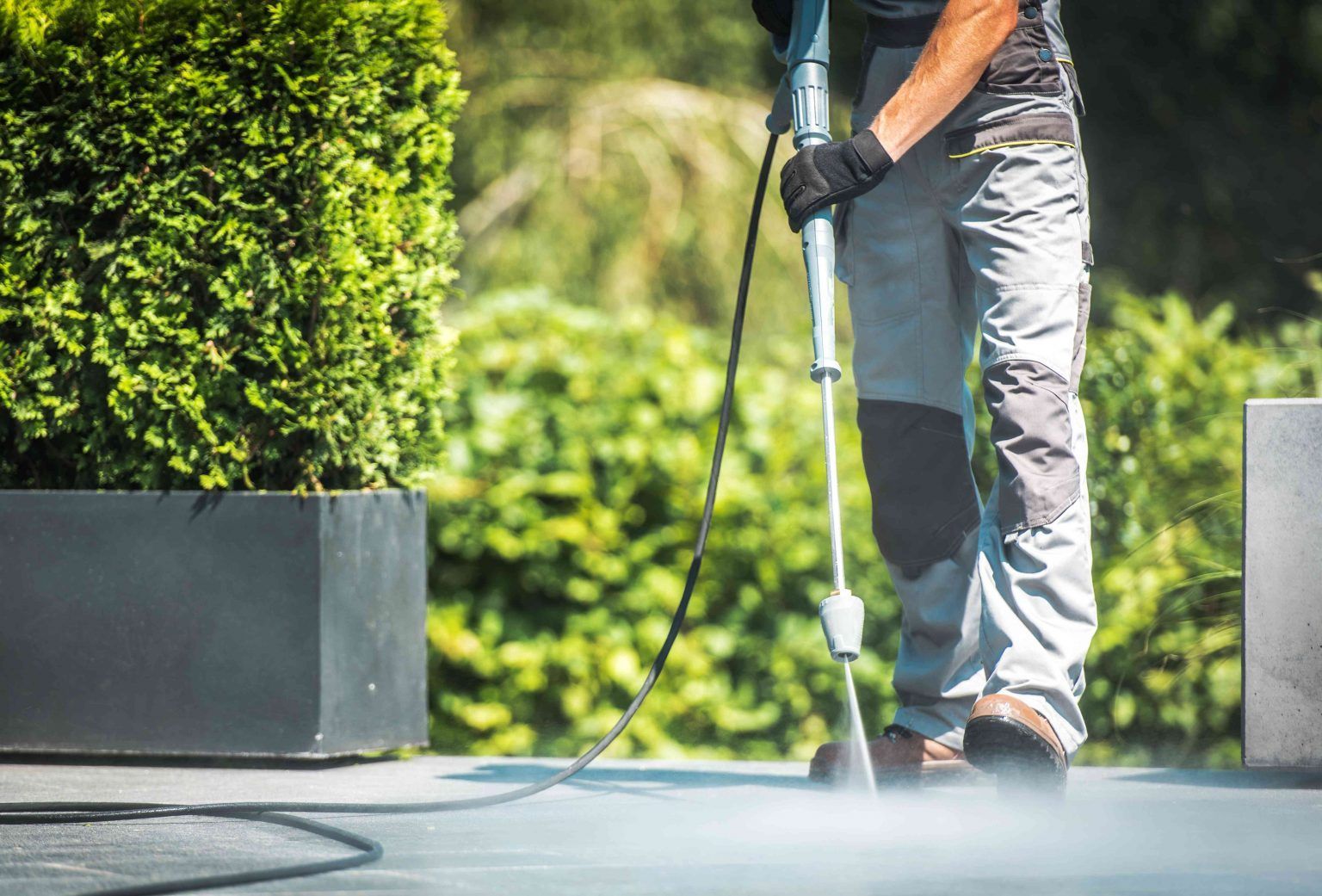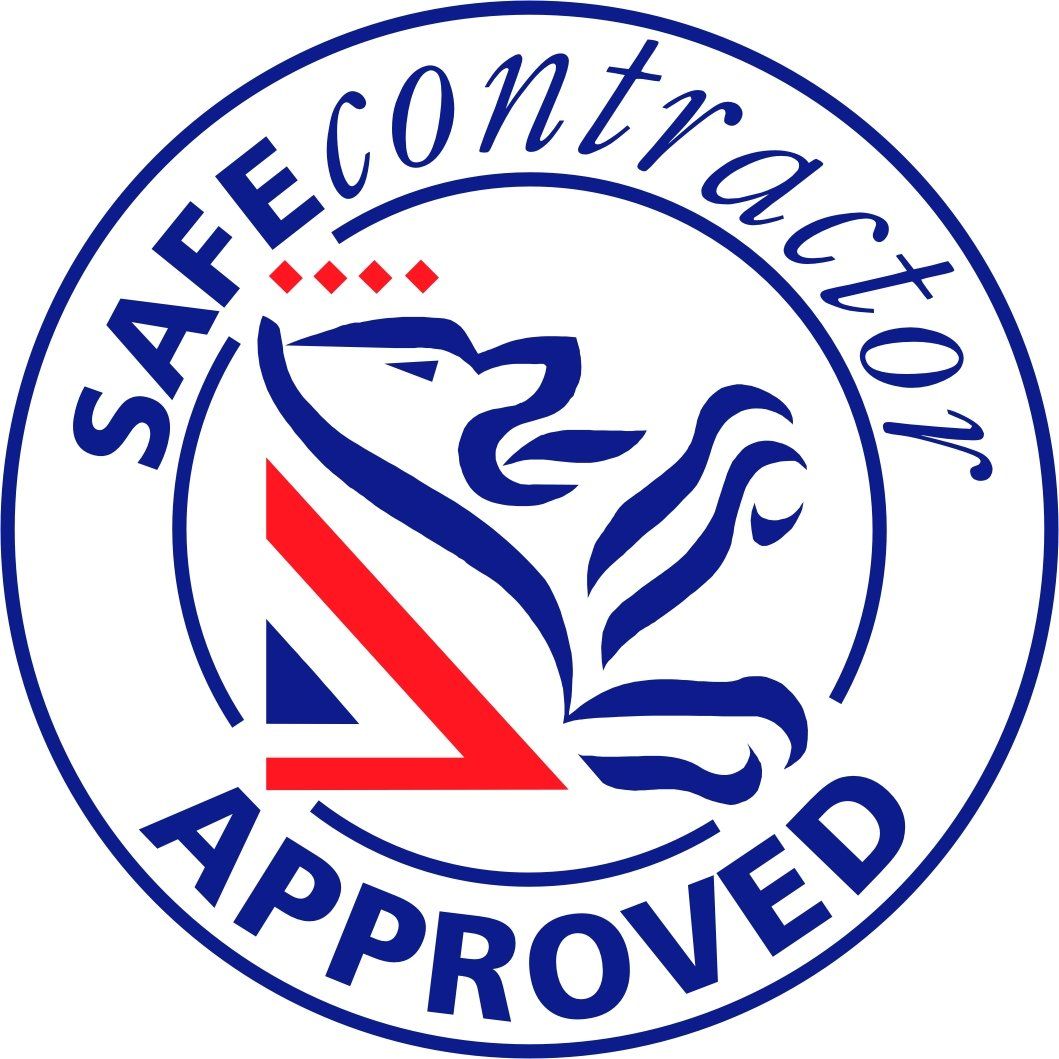Slope and embankment mowing
S WALKER • 28 June 2021
Slope and Embankment mowing
Slope and Embankment mowing
Thus, the downhill path must be thought through from the outset. At certain gradients you should only work with mowers that have both propulsion and a brake. Most mowers are fitted with a safety brake, meaning that release of the drive lever automatically activates the parking brake, bringing the mower to a standstill. Limited-slip differential is not a luxury but rather a considerable safety feature that limits the speed of downhill travel.
Mower and ground conditions
Certain ground rules apply whether the area is steep or level: for example, a visual inspection should always take place before starting a mower. Check the blade, protective cloths or plates, drive and fastening parts, as well as cables and cable connections for faultless condition. Also check your work area for foreign objects before starting to mow. Remove rocks, sticks, wires and other objects that could be ejected from the mower deck. Holes, stones, roots, drainage ditches, etc. can cause imbalance or collision with the blades, especially if the mower is not equipped with a blade clutch. The operator must note these points and mow at an adequate distance from them.
Check your gradient
The gradient and ground conditions are important when mowing slopes. Today smart phone apps can easily determine the gradient – at a tip-over limit of 21 degrees, who can precisely assess whether the inclination is 19 or 23 degrees by eye? In any case, ride-on mowers should ideally be equipped with tilt meters.
Moreover, it is important to assess the ground condition when mowing slopes. Minimal ground cover and loose or wet soil increases the danger of slipping. If a mower starts to slip or tip over, immediately let go of the mower and do not attempt to stop it or keep hold of it. Injury should be avoided at all costs.
Dangerous Slopes
Extreme slopes start at inclines of 40 degrees. Walking becomes difficult on these slopes, let alone mowing tasks. Certain accessories such as agricultural tread and/or twin tyres, spikes and steel wheels improve traction while oscillating crawler tracks that move in proportion to each other are particularly effective at maintaining ground contact on extreme slopes.
Operating manuals specify the engine manufacturer’s precise gradient limits. The lubricating film of 4-stroke engines can tear on extreme slopes, causing engine damage. This risk does not exist for 2-stroke engines which is why they are ideally suited for tasks on extreme slopes.
















